AquaBounty aims to sell eggs, young fish, technology licensing
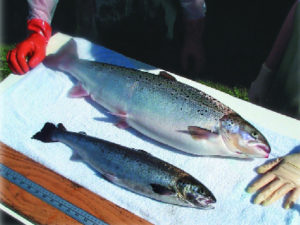
It has been over 20 years since two then-young scientists, Garth Fletcher and Choy Hew, transfected salmon eggs with a novel gene: an everyday salmon growth hormone gene, but driven by a promoter normally linked to the expression of antifreeze proteins in ocean pout. The surprising result – growth-rate enhancement not seen before in fish farming – has since become part of the science and controversy surrounding the use of biotechnology for enhanced food production.
Commercialization of this kind of technology can enhance productivity beyond most other single innovations, but also brings condemnation by some consumers and environmentalists who refuse to accept gene modification as a safe mechanism for improving stocks.
Extensive study
After two decades of research, thousands of fish reared across six generations, and submission of regulatory studies costing millions of dollars, this innovation may be nearing its commercial debut. AquaBounty Technologies expects regulatory approval of its transgenic fish for human consumption from the U.S. Food and Drug Administration (FDA) in the relatively near future. By 2008 or 2009, the first commercial “AquAdvantage” trout and salmon may be harvested.
AquaBounty plans to commercialize these products through the sale of eggs and young fish, and the licensing of the technology to commercial aquaculture operations on a worldwide basis.
Advanced hybrids
These advanced hybrid fish incorporate a single “all-fish” transgene derived entirely from the DNA of fish already consumed by the public. The gene relocates the areas in which the fish’s growth hormone is expressed to organs that translate the hormone more efficiently than usual into growth, and eliminates some of the seasonality of growth hormone expression. This trait is then stably inherited by succeeding generations of fish.
Better efficiency, not more hormone, is responsible for a large measure of the increased growth. Third-party studies submitted to the FDA for regulatory purposes, in fact, show no increase in growth hormone levels in the flesh of the transgenic fish when compared with other farm-raised salmon.
Other than the change in growth hormone distribution, AquAdvantage fish produce only the same proteins and hormones produced by other fish. They are essentially indistinguishable from standard fish except for their increased growth rates.
Fish performance
AquaBounty Technologies is currently breeding sixth-generation salmon and fourth-generation trout. In general, the growth rates of the diploid advanced hybrids outperform the controls by 2-3:1. Although the fish reach market size sooner, they do not grow larger than standard farm-raised broodstock.
Recent measurements at the AquaBounty Prince Edward Island indoor facility found the salmon crosses reached weights of 80 to 100 grams after 120 days of feeding, compared to controls that weighed 10 to 40 grams. The former continue several times larger than the controls up to market size. They reach weights of 500 grams after 225 days of feeding and 4 kg or more at roughly 21 months. By comparison, the largest control fish reached 130 grams at 225 days and 1 kg at 21 months.
AquaBounty is working intensively with triploid salmon as well, and although they grow more slowly than the diploid variants, they outperform the controls significantly: 100 grams after 150 days of feed, and 375 grams at 225 days, for an almost threefold advantage during early rearing. Further developmental work will determine to what degree these advantages continue for the sterile salmon. Sterility is a prerequisite for ocean-grown salmon.
AquAdvantage trout also exhibit favorable growth rates. Recent crosses reached 700 grams in six months and 3 kg at 16 months, while controls averaged under 900 grams.
Regulatory issues
AquAdvantage salmon and trout are currently being reviewed by the FDA under the Food, Drug, and Cosmetic Act. The fish are held to the standards applied to new animal drugs, the highest barrier to commercial approval for consumed products. Studies by independent laboratories analyzing every vitamin, mineral, hormone, fatty acid level, amino acid, and protein of consequence in the fish have been submitted to the agency.
AquaBounty is awaiting formal responses to determine whether regulators will require further studies that assure its fish are safe to eat and equivalent to those already farmed. If approved, farmers will have to comply with rigorous environmental controls in rearing the fish.
Environmental issues
The concept of gene modification has found resistance in both consumer and environmental circles. Many consumers seem to object to the technology based on potential, unknown hazards of “altering nature.” Genetically modified foods have the potential to cause allergic reactions due to insertion of foreign genes, but this outcome is routinely checked and avoided. Consumers are expected to relax their concerns over time as the technology proves safe.
Environmentalists present arguments that hybrid fish that escape from net pens could outcompete and genetically contaminate wild fish. Although few fish historically escape – and those that do should be sterile – concerns persist. Sterile transgenic fish could offer an ideal solution that addresses concerns about fish escapement, genetic contamination, and pollution of coastal waters.
Solutions
AquaBounty Technologies recognizes such concerns and is working to minimize the risk factors. The transgenic solution offers unique environmental and business positives.
The effective increase in feed conversion means that fewer natural resources are required to produce the fish, thus enhancing sustainability. Cutting the time required to raise salmon means supply can be increased without proportionately increasing the use of coastal waters.
Transgenic salmon grown in ocean pens must be sterile to eliminate the contentious issue of potential harm to wild stocks. Until now, sterilization (triploidy) has been problematic because the process slows growth rates. With the fast-growing AquAdvantage fish, this would no longer be an issue.
The ability to grow fish more rapidly would also improve the economics of inland recirculating production systems and make them more economically viable. With appropriate biosecurity controls in place, recirculating facilities could more quickly grow out the hybrids and offset the inherently higher costs of recirculating operations.
(Editor’s Note: This article was originally published in the February 2006 print edition of the Global Aquaculture Advocate.)
Now that you've reached the end of the article ...
… please consider supporting GSA’s mission to advance responsible seafood practices through education, advocacy and third-party assurances. The Advocate aims to document the evolution of responsible seafood practices and share the expansive knowledge of our vast network of contributors.
By becoming a Global Seafood Alliance member, you’re ensuring that all of the pre-competitive work we do through member benefits, resources and events can continue. Individual membership costs just $50 a year.
Not a GSA member? Join us.
Author
-
Elliot Entis
CEO
AquaBounty Technologies
935 Main Street
Waltham, Massachusetts 02451 USA
Tagged With
Related Posts
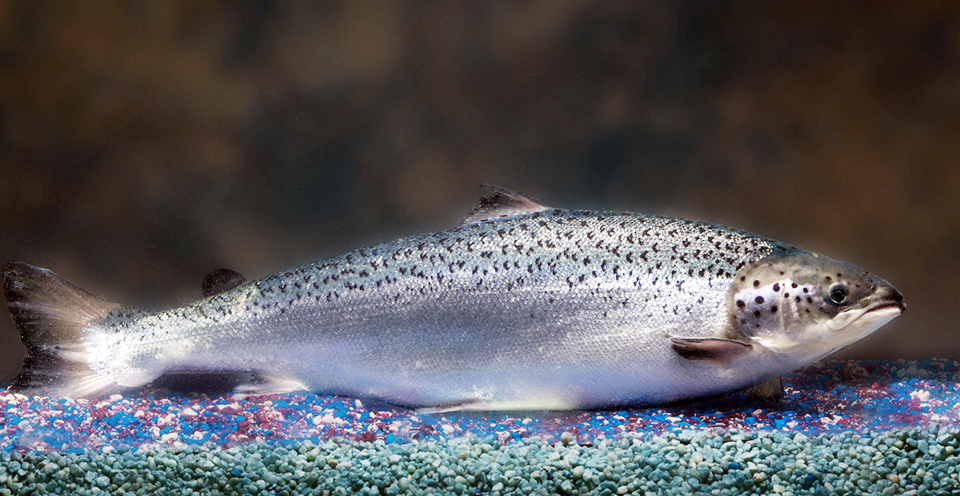
Intelligence
A brief look at genetically modified salmon
If approved by FDA, fast-growing genetically modified salmon will provide a safe and nutritious product similar to other farmed Atlantic salmon.
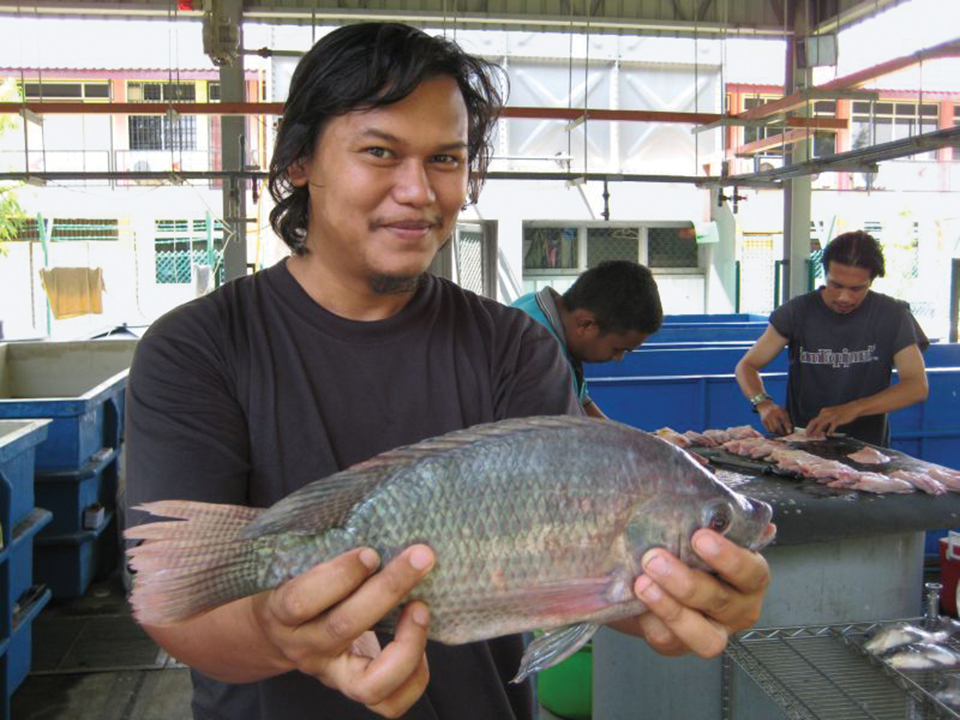
Health & Welfare
Transgenic fish: Risks and benefits
Some transgenic fish – lines of “high-growth” tilapia, salmon and carp – are nearing the stage at which they could be considered for commercial production.
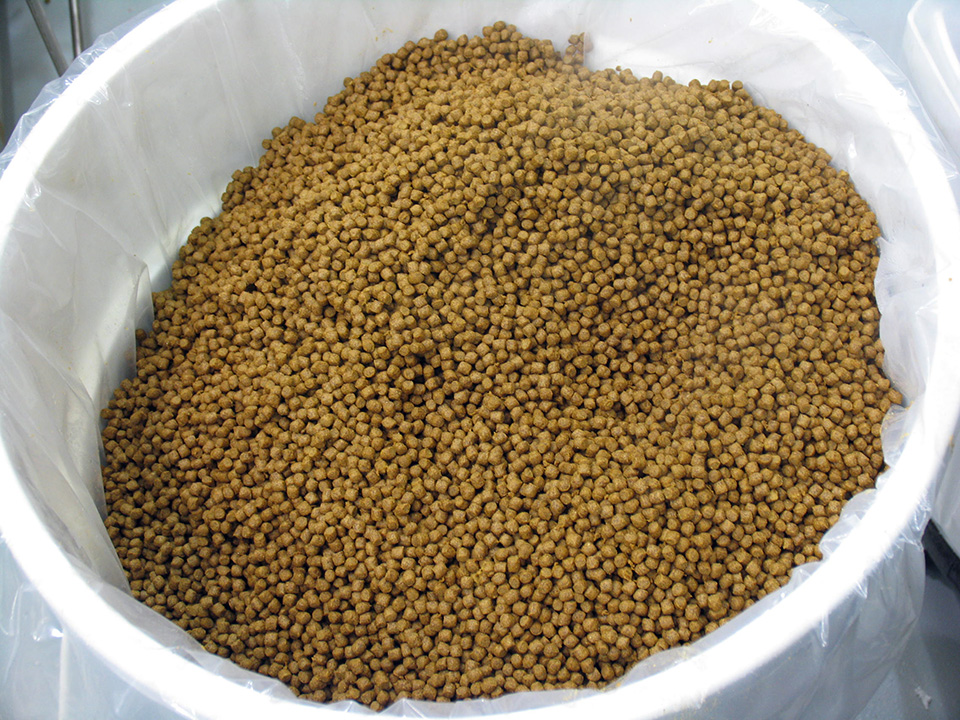
Aquafeeds
Biotechnology could combine positive traits in seed-based fish feed
Biotechnology offers a potential avenue to overcoming the negative traits of seeds and enhancing feed performance to improve fish health.
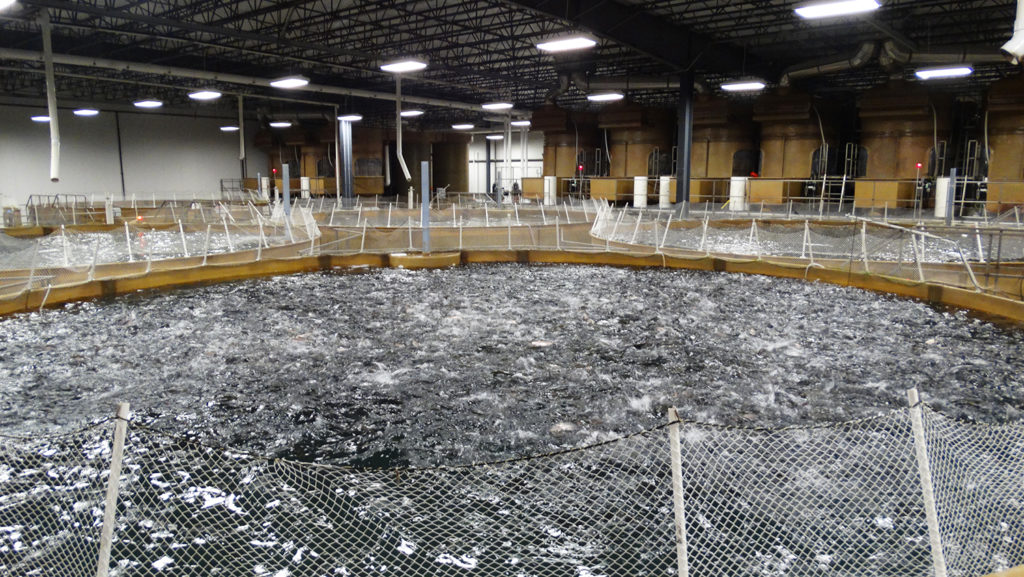
Innovation & Investment
AquaBounty, with new RAS facility, hopes to win public support for GM salmon
Ron Stotish, CEO of AquaBounty Technologies, believes genetically modified salmon is no threat to its opponents and the outlook for AquAdvantage is good. With its purchase of the Bell Fish Co. RAS facility, commercialization will soon commence.


